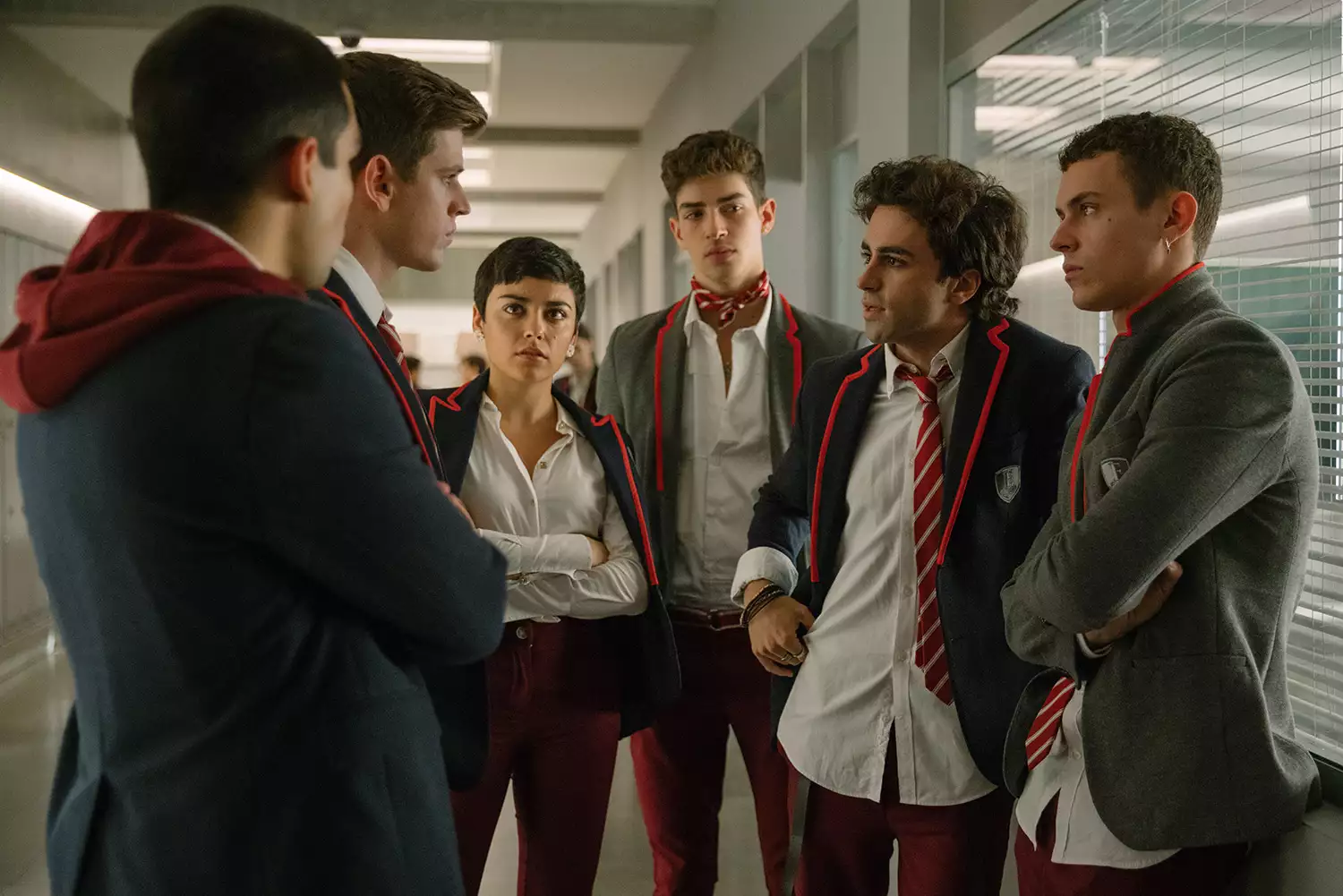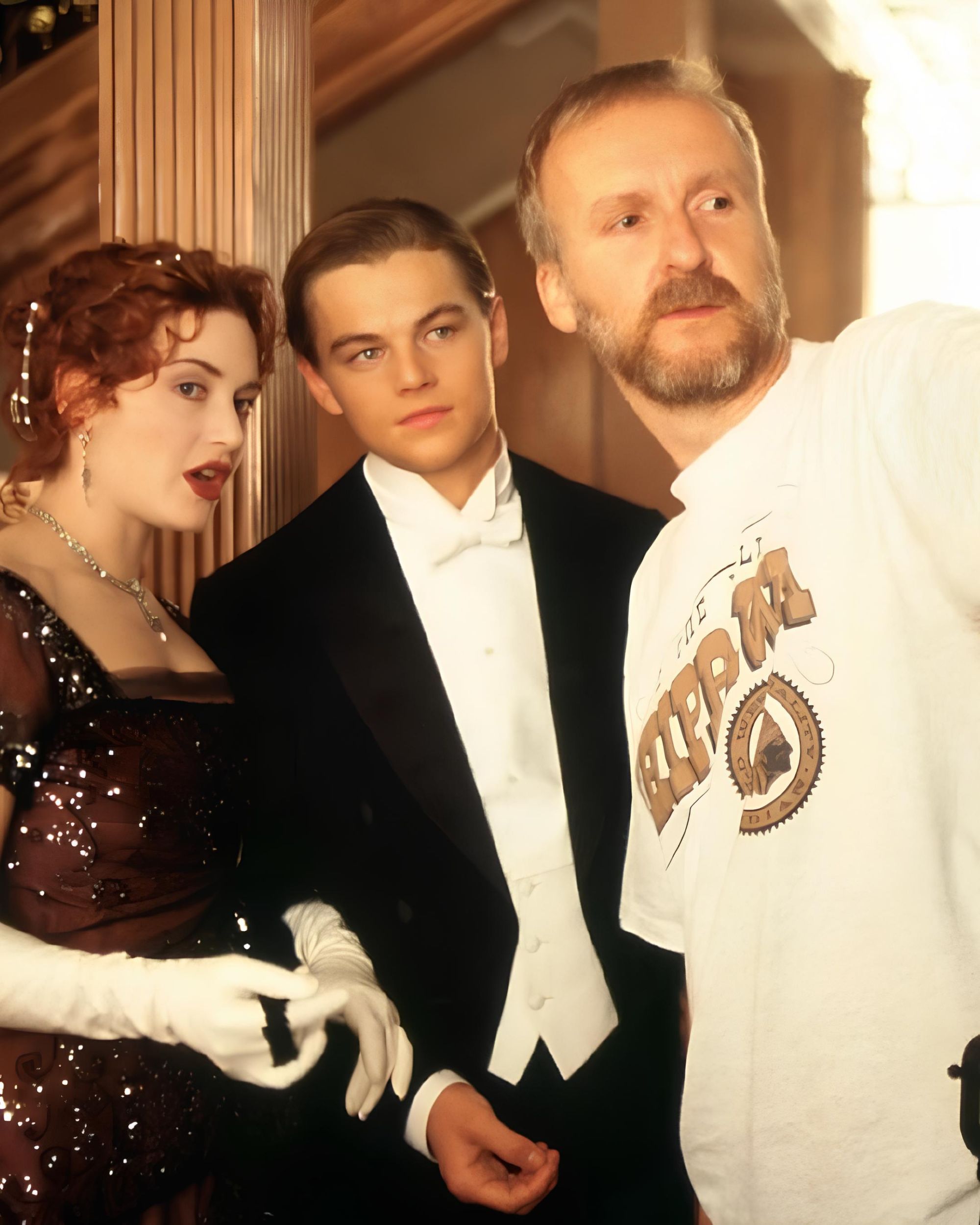
Does Netflix still care about the quality of its shows? The streaming giant recorded its first crisis in a decade
Yesterday, Netflix announced that it had begun losing subscribers for the first time in a decade, about 200,000 since the beginning of the year, with a further decline expected over the next three months. Compared to growth in the Asian market, 700,000 are Russian subscribers lost due to the post-invasion service disruption in Ukraine; another 600,000 are subscriptions lost on the North American continent due to price increases. Two factors that led to the loss of revenue, from $1.71 billion to $1.6 billion, were the spread of shared accounts and Netflix's opponents in streaming wars that saw a combined expenditure, by all players, of $50 billion in new content production. According to ANSA, Netflix shares dropped 24% in after hours trading on Wall Street while Disney+ shares fell 5.56% - not surprisingly, both companies have said they are considering implementing new payment models, cheaper subscriptions but with advertising and various other gimmicks. Yet what isn't written on the market reports but what emerges from a large number of online comments is a very simple issue: having so many streaming services to choose from, users are moving toward catalogs with the best quality content - and many Netflix productions simply aren't worth the subscription.
For years, Netflix's approach to content production has been summed up in the saying: «Throw everything at the wall and see what sticks». In fact, the streaming service preferred to focus on offering a huge mass of titles with "assorted" quality renewing or pushing those that found greater success with audiences. In the course of its productions, Netflix has also created a precise look for its content: glossy photography, saturated colors, relatively low contrast, simple frame compositions - an aesthetic that has characterized many different contents, as Wisecrack pointed out in his video, making films uniform, pleasing to the eye, but also lacking a distinct visual identity of their own (except for auteur films such as those by Sorrentino, Scorsese or Cuaron) but above all overly reassuring and familiar. The use of algorithms drove the proposal of pre-existing content for users and the trends followed in the development of new content based on what users had already seen and entering a spiral of increasing banality. Series like Bridgerton, Emily in Paris, Elite, The House of Paper, Inventing Anna are enormously popular with the public but a flop for the critics. Other beloved series, such as Stranger Things, Daredevil or Sex Education, after a couple of very strong seasons end up flattening into conventional scripts, repetitive stories and in general a mediocrity of content that is perfect for binge watching of the masses but that is reduced, in the end, in a product of poor longevity, very watchable but very little re-watchable. Emblematic is the case of Black Mirror, a series that was something shocking when produced by BBC and that has become a watered down and sweetened version of itself after the move to Netflix.
The result is that the Netflix catalog is always full but of titles that have no bite. If in the early days, those of House of Cards, you had the feeling of having access to a library of movies and series boundless to watch every night with maximum freedom of choice, today you can scroll endlessly through the catalog without finding anything worth seeing. Leaving the floor to social users, here's what emerges: only this morning on Facebook it was possible to read comments such as «The movies are always the same and then to see more screens at the same time I have to pay more», «Among the available platforms it is one of those with the most mediocre choice», «They have doubled the prices, halved the number of devices that can be associated and they don't update films and series», «They increase subscription and overall mediocre film offerings», «It doesn't have as many choices of series and movies as it seems, they are often very bad». Even Elon Musk reacted to the news of Netflix's crisis by referring to the quality of content and talking about the «woke mind virus» that would infest the platform - a notion erroneously politicized by the American mogul but still referring to a perceived flattening in the quality of content.
Here's some free advice, Netflix: don't spend $200 million on blockbuster money pits that are exactly the bread-and-butter of multiplexes. Actually try to curate a catalogue of titles people want to see, not a blanketing of anything you can get. https://t.co/5FloMieBa7
— Mathew Buck (@FB_BMB) April 20, 2022
What is surprising is that, in the way the issue is told, reading the press the issue seems to be only economic, but reading the comments and reactions of the public it is clear that it is also a qualitative issue. This highlights the tendency to refer to cold economic logic as if it were something unrelated to the quality of the product being sold, to consider the actual quality of the content as an accessory that has nothing to do with its cultural relevance. Series like Squid Game or Tiger King, documentaries like The Tinder Swindler, The Last Dance and White Hot still have the potential to become global hits and generate pop phenomena, as do TV series like Mindhunter, Midnight Mass, The Chess Queen, The Crown. But for every quality title that emerges in any given year, there are ten that are utterly mediocre: last year alone, The Irregulars was cancelled six weeks after release, Jupiter's Legacy burned through $200 million in production, the same happened to Cursed and a whole host of shows such as sitcoms starring Jamie Foxx and Kevin Smith or Paris Hilton's cooking show. Every mediocre series that comes out and is cancelled is not forgotten by users but instead damages the perception of Netflix as a brand. Given the size it has reached, perhaps the American streaming giant should invest less in the quantity and more in the quality of its shows, following the virtuous model of HBO or AppleTV, which produce slightly fewer shows (those of AppleTV don't exceed forty) but opt for less standardized projects with a higher profile whose quality, however, is much more consistent.





















































